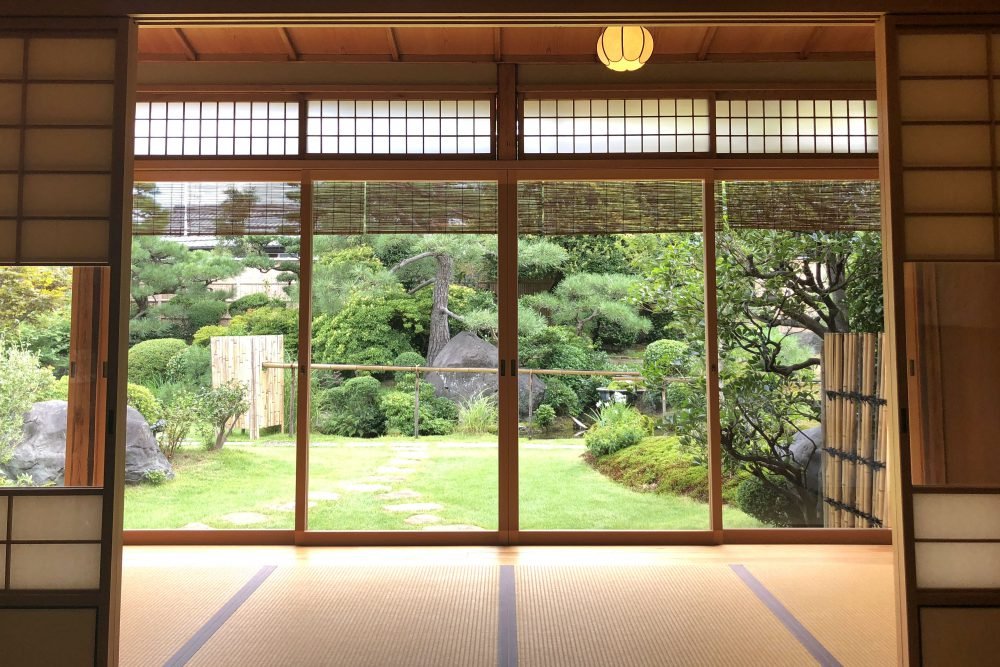Individuals with social issues face difficulties consistently, as to bring out in public becomes unbearable. They avoid public transport, shopping and socializing, hence, social isolation increases. Such people have difficulty interacting with others, facing a crowd or even having an intimate discussion. This tends to keep them away from stepping out of their houses or even rooms.
But what can we as architects do to make them more comfortable?
Social issue influences how an individual cooperates with others and their general surroundings. Though some may keep away from social or open spaces by and large, numerous others suffer them while encountering exceptional uneasiness. Their patterns of social communication may change and the social circles of life can turn out to be substantially more hard to explore. They may push individuals away, reducing their social universes and expanding their sentiments of isolation and solidarity
In the earlier articles, we discussed design considerations for physically and mentally differently-abled. In the article, we will look into people that suffer from depression, Post Traumatic Stress Disorder and anxiety.
Architecture as an anti-depressant tool
- Avoid Crowding:- Spaces should be spatial, and avoid congestion. As interacting with others is an issue, corridors, pathways or transitional areas should be spread out. The design should not trap people or hinder movement in public spaces.
- Increase the body-buffer zones: Body buffer zone is the physical distance a person prefers to maintain between him- or herself and one or more other individuals to avoid feeling uncomfortable. There is a certain amount of distance between persons that make them feel comfortable.
- Provide spatial flexibility and space for autonomy: Rooms should have flexible space layouts and activities that provide a sense of control and choice to its users. Places should be self-managed, giving its users the authority to define the purpose or use of the space.
- Homely Designs: Design style should be familiar and indigenous, not “decorative” or
“trendy.” Designs and spaces ought to be like the ones that we find at home, with the goal that they can identify with a spot where they feel space. Provide spaces
that parallel functions experienced in the home. - Contextual Building: Buildings should be contextual with the community. The building should not only be structurally in context but also in a similar milieu as a society.
- Access to Nature: Nature has a very therapeutic effect. A view to nature or open-air scenes fill in as a basic component of a sound structure by boosting the mind-set, reduces uneasiness and anxiety of an individual. By doing that, the increments of windows in structures are prescribed for improving an individual’s psychological wellness. Contact with natural environments also comforts the user. Providing open areas at regular intervals can ease the user into space.

“Designing spaces to promote good mental health – and to support people with mental health problems – is an integral part of building a sustainable city” – Layla McCay
Architecture can be used as an anti-depressant tool as it has a huge impact on its users. Healthy buildings can be less stressful, enhancing satisfaction and increase the healing process of a depressed person as well as promoting a sense of well-being and better mental health.




